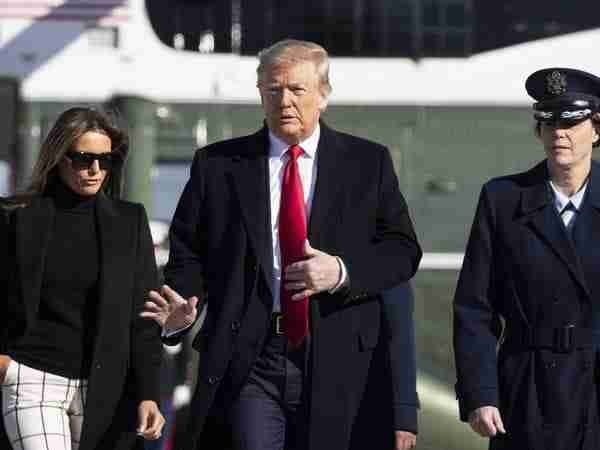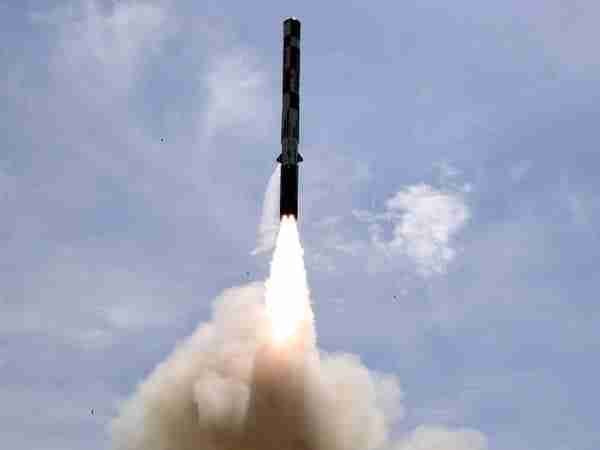To Make in India, there is now a strategy
At a recently organized daylong conference by SALUTE and BUSINESSWORLD magazines, the focus of which was to debate whether India should continue to buy the best military equipment that it can, or whether we need to switch at the earliest into a ‘make in India’ mode. Clearly, India is still far from being able to meet the requirements of its armed forces, locally. The reasons are many, but the delays with the cumbersome procurement process has often left us with no choice but to eventually buy the best we can when the requirement for replacing ageing equipment reached a critical stage, as we are witnessing with the depleting fighter aircraft strength of the IAF. And endless political questions (often to score a point against the ruling government) and the ‘bofors syndrome’, has left our forces frustrated.
And when a decision was made, it led to a lopsided procurement policy, which saw easy acquisitions and the difficult issues – of how the weapon or equipment can be made in India – being bypassed. More so, with several global publications highlighting that India has deep pockets and would be keen to spend over US $200 billion dollars over the next decade to modernize its armed forces, the push from foreign countries that India must buy their systems as against that of another – and the lobbying for fighter jets is a classic example – brought pressure on the services to make a choice, preferably in favour of a friendly foreign country, under the pretext of strengthening strategic ties. This led to an India acquiring an ad-hoc arsenal of weapons, devoid of a holistic defence doctrine that should ideally define military acquisitions. Instead we built our doctrines around what was acquired!
But now, we could witness a change. For one, the armed forces will begin to modernize within their budgets. Moreover, much of the equipment to be acquired must have interoperability, i.e, it should be usable not just in specific theatres but should have inter-service usability, while some equipment will have be theatre specific too. Thus some helicopters with the army or navy should be useable even by the air force in future operational situations. This’ll save costs by avoiding duplication of equipment, specially as future conflicts will almost always be ‘multi- inter-service operations’. Likewise the long logistics chain of the army in particular, would be handed over to local manufacturer for maintenance of the platforms they provide, under the government owned cooperative (GOCO) models.
Most importantly, there is a steady shift towards acquiring weapon platforms, where at least their ammunition can be manufactured in India, since state of the art weapon systems will still take time to be entirely manufactured in India ( notwithstanding the claims of some organizations to do so). India’s dependency on ammunition for important weapon systems, has put the country in a spot in the event of a sudden conflict, as was the case during the Kargil conflict. More so, with ammunition being available at home, there would lesser need to stockpile large amounts as reserves, as has been the norm until now. Imports of such items would decrease, with money going into India’s defence manufacturing base and not into the already deep pockets of arms manufacturing companies and western economies.
And finally, technology manufactured specifically for India’s environment, could also be cost effective, as many of the features of equipment that our soldiers in particular are saddled with, require considerable care, effort and manpower to maintain, than what they can be used for. Besides, those who argue that India must spend lesser ( than it already does) on defence and more on development, they’ll do well to note that for that India will need peaceful borders , which is currently, a ‘pipe dream’. Wars rarely come with a warning, and when they do, we can’t keep asking our men to fight ‘with what they have’.



